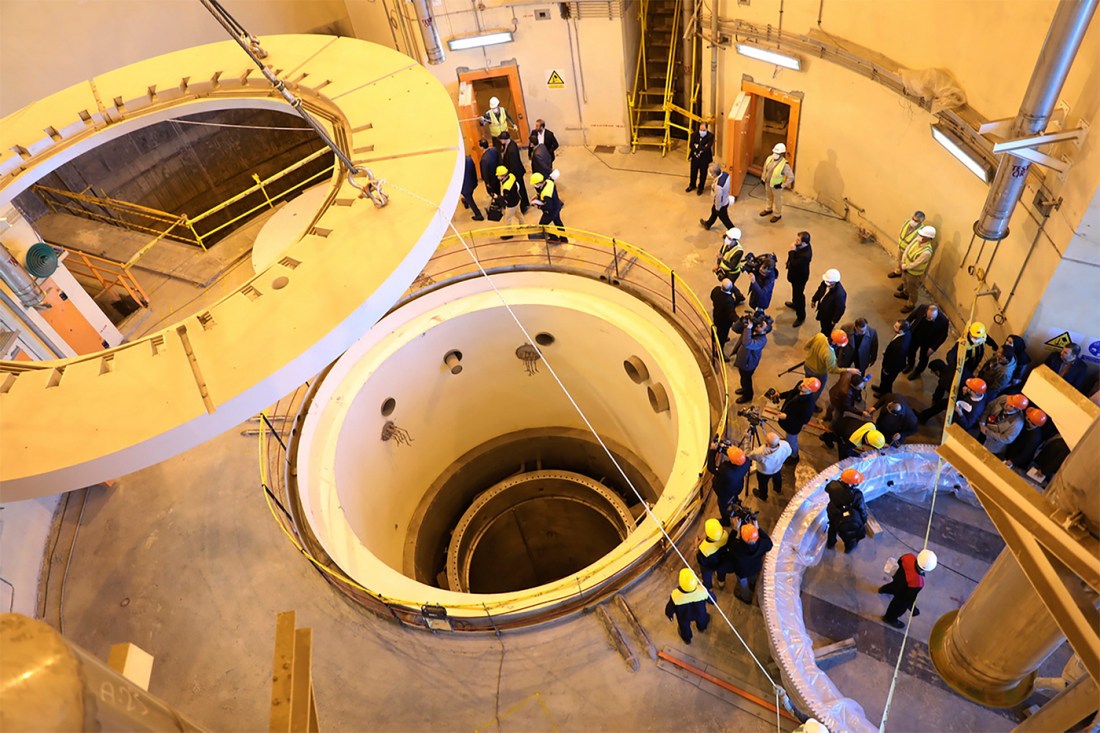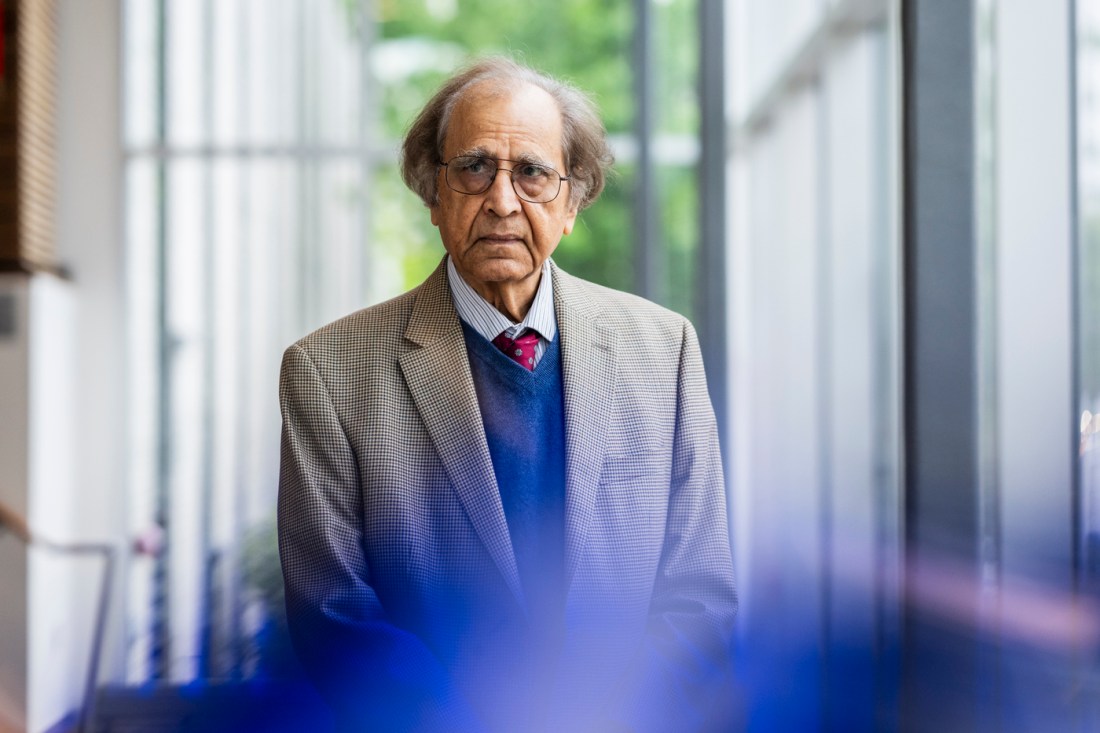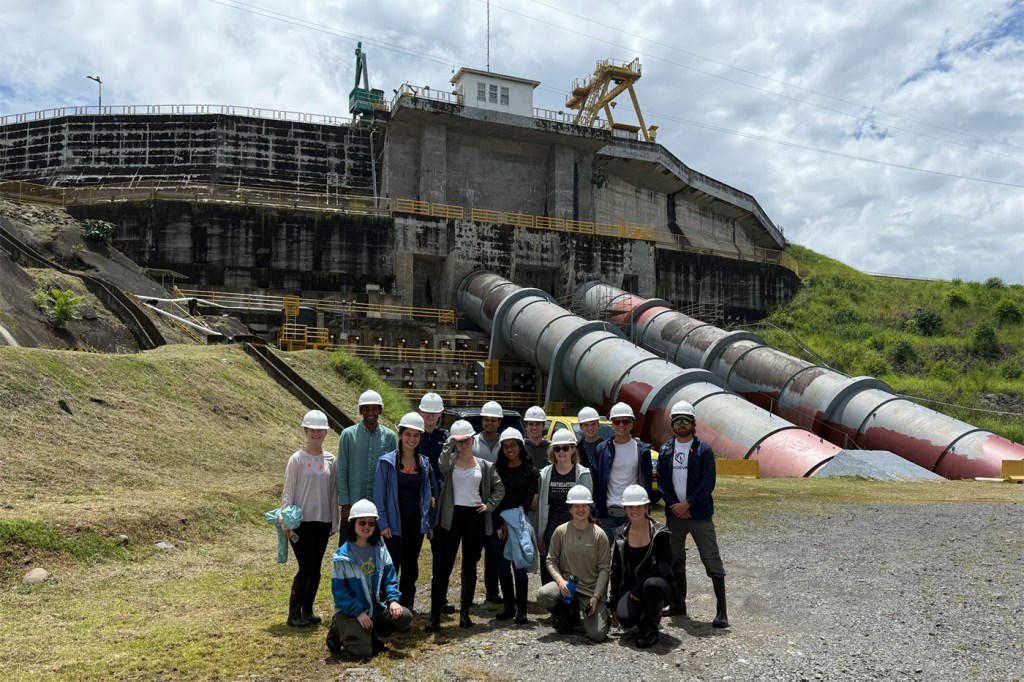Is Iran’s nuclear program producing energy or developing weapons? A Northeastern expert explains the science of nuclear power
One of the biggest differences between a nuclear facility being used for energy production compared to one building nuclear weapons is the percentage of enriched uranium needed to perform the tasks.

When Israel launched airstrikes on Iran’s nuclear and military infrastructure last week, Israel said it was doing so to disrupt the development of nuclear weapons by Iran, which it claimed was nearing capability.
Iranian officials have said that the country’s nuclear facilities are not being used to create weapons but solely for civilian purposes, primarily for the production of energy. The U.N.’s International Atomic Energy Agency recently criticized Iran’s “general lack of co-operation” and warned that the country had enough enriched uranium to be near weapons grade and could potentially make several nuclear bombs.
Concerns that Iran could start making nuclear weapons have grown as Iran has accumulated more than 400 kg (880 pounds) of uranium enriched to 60%. The IAEA reported that Iran is in breach of the 2015 Joint Comprehensive Plan of Action it signed with several major countries stating that it would not surpass the 3.67% uranium enrichment level limit. The United States abandoned the agreement in 2018.
Understanding how enrichment fuels reactors and bombs
So what is the difference between a nuclear program used for civilian purposes and one used for military purposes?
Pran Nath, Northeastern University’s Matthews Distinguished University Professor of physics, says it’s first useful to understand the uranium-enrichment process.
One of the biggest differences between a nuclear facility being used for energy production compared to one building nuclear weapons is the percentage of enriched uranium needed to perform the tasks. You only need uranium to be enriched to about 3% to 5%for power plants, while you need above 90% for nuclear weapons, Nath says.

What makes uranium usable for energy or for weapons?
When uranium is mined, it is composed of two types of isotopes — Uranium-238 and Uranium-235. Uranium-238 makes up about 99.3% of the material, while Uranium-235 makes up .7%, he says.
Uranium-235 is key for both for power plants and in making nuclear weapons, but since there is such small amounts of it in the material’s natural state, scientists must increase the percentage of Uranium-235 in the material and separate it from the Uranium-238. This is what is called enriching the uranium, Nath says.
Editor’s Picks
This is done by using centrifuges, which are high-speed rotors, to separate the Uranium-235 from the Uranium-238, Nath says.
“There are many steps you need in the building of nuclear weapons,” Nath adds, noting it takes time to amass very high amounts of enriched uranium for this purpose.
“And that’s just one step, then you need to be able to produce a weapon out of this material, which is a different technology itself,” he says. “You also have to have a delivery system. Each of these is a long process.”
Because of the possibility of using radioactive materials for generating power, it’s not unusual for a country like Iran, which has an abundance of fossil fuels, to want to invest in nuclear technology to diversify their source of energy and not rely too heavily on fossil fuels, he explains.
“Nuclear energy is cleaner in one sense in that it doesn’t inject a lot of pollution such as carbon and greenhouse gases in the atmosphere, but once the nuclear fuel is spent, it remains radioactive and cannot just be thrown away in the garbage,” he says. “That is the big problem with nuclear energy — to be able to dispose of the spent nuclear fuel which needs to be buried deep underground to remain there for a long time.”
In addition, Nath adds that there is the risk of accidents associated with nuclear power plants. He points to the 1986 explosion in Chernobyl, Ukraine, as an example, which still has extremely high levels of radiation and will remain inhospitable for a very long time.











